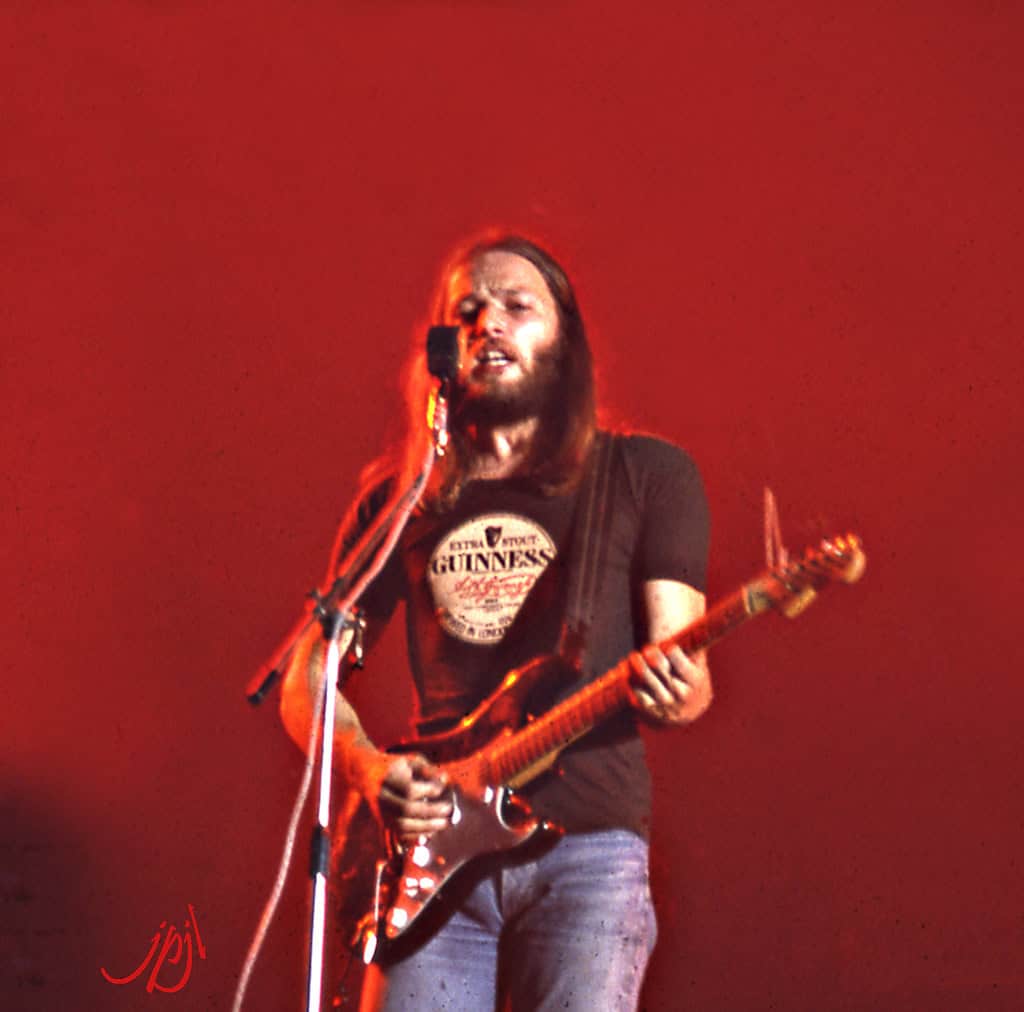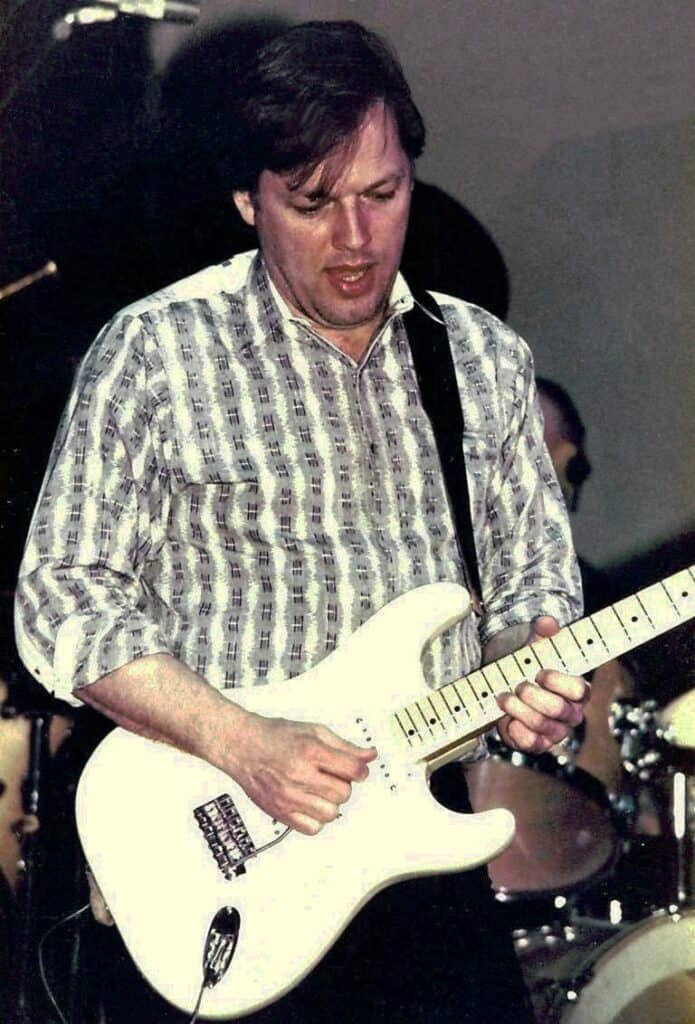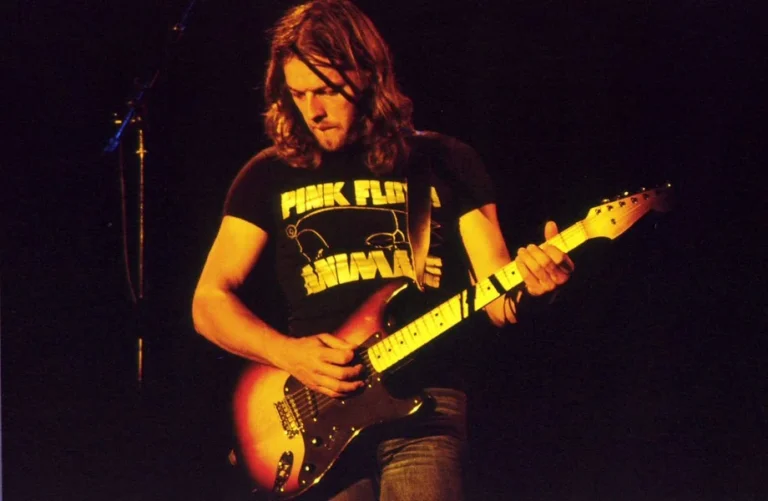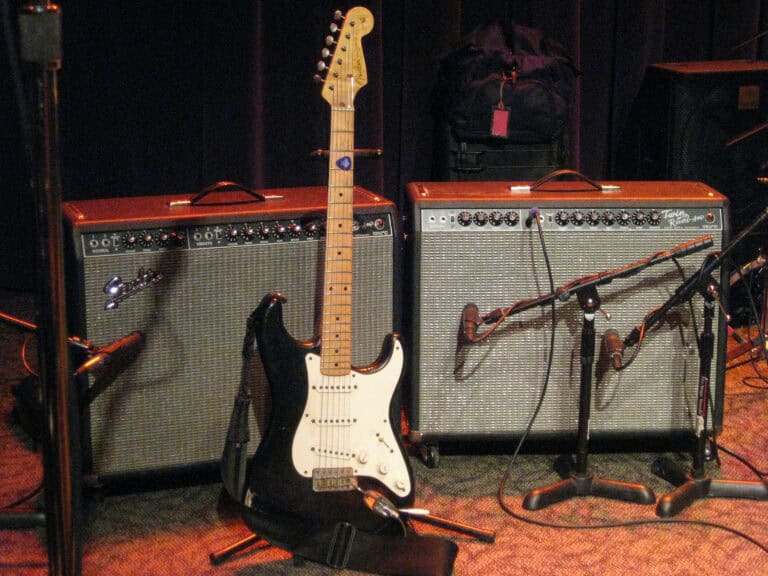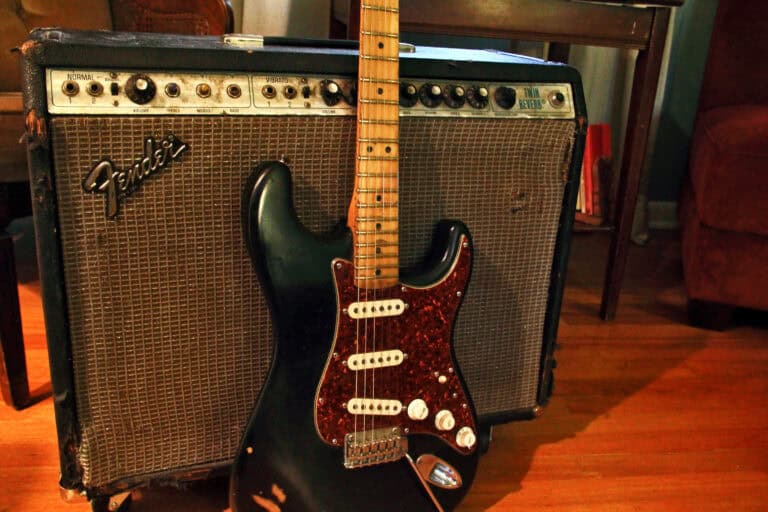David Gilmour: The Soulful Architect of Sonic Landscapes
David Gilmour isn’t just a guitar player—he’s a storyteller, a sonic architect, and one of the most influential musicians in rock history. Known for his role as the guitarist and vocalist for Pink Floyd, as well as his accomplished solo career, Gilmour has left an indelible mark on music with his emotive playing style and unparalleled tone.
While Pink Floyd’s progressive rock anthems have become timeless classics, Gilmour’s guitar work stands out as the soul of the band’s sound, weaving melody and atmosphere in ways that are instantly recognizable. Let’s take a closer look at Gilmour’s journey, his signature technique, and the tools he uses to craft his sound.
The Man Behind the Music
David Gilmour joined Pink Floyd in 1968, stepping in to help the band after the erratic behavior of founding member Syd Barrett made it difficult for the group to continue. Gilmour’s arrival marked a turning point in Pink Floyd’s trajectory. While Barrett was the experimental heart of early Floyd, Gilmour brought a melodic sensibility and emotional depth that would define the band’s music for decades.
Albums like Dark Side of the Moon (1973), Wish You Were Here (1975), and The Wall (1979) showcased Gilmour’s ability to blend technical precision with profound musicality. His solos weren’t just displays of skill—they were emotional journeys that elevated Pink Floyd’s music to legendary status.
Gilmour also forged a successful solo career, with albums like David Gilmour (1978), About Face (1984), and Rattle That Lock (2015). These records offered a more personal glimpse into his artistry, while still retaining the evocative guitar work that made him famous.
David Gilmour’s Playing Style: Emotion Over Flash
What makes Gilmour’s guitar playing so unique? It’s not about shredding or speed—Gilmour’s genius lies in his restraint and emotional depth. He knows how to say more with a single note than many players can with an entire flurry of them. Here are some key aspects of his style:
Melodic Phrasing: Gilmour approaches the guitar like a vocalist, crafting solos that are lyrical and memorable. Think of the soaring, singable leads in “Comfortably Numb” or “Time.” His ability to create melodies that stick in your head is unparalleled.
Bends and Vibrato: Gilmour’s string bends are legendary. He doesn’t just hit the note—he leans into it, giving it a human, almost vocal quality. His vibrato is smooth and controlled, adding an extra layer of emotion to his playing.
Space and Dynamics: Gilmour knows when not to play. His use of space and dynamics gives his solos room to breathe, making each note resonate deeply with the listener. He’s a master of building tension and releasing it in a way that feels cathartic.
Sonic Atmosphere: Gilmour’s playing isn’t just about melody; it’s about creating a mood. His use of effects like delay, reverb, and modulation allows him to paint vivid sonic landscapes that transport the listener.
The Gear Behind the Greatness
Gilmour’s sound isn’t just about technique—it’s also about the tools he uses. Over the years, his gear has become almost as iconic as his playing. Here’s a breakdown of the guitars, pedals, and amps that help define his tone:
Guitars
The Black Strat: Perhaps the most famous guitar in Gilmour’s collection, this 1969 Fender Stratocaster has been his workhorse for decades. With a mix of custom modifications, it’s responsible for much of the tone heard on Pink Floyd’s greatest hits.
Fender Telecaster: Gilmour has also used Telecasters, particularly on tracks like “Run Like Hell.” The Telecaster’s bright and punchy sound adds a different texture to his playing.
Gibson Les Paul Goldtop: For solos that need extra sustain and warmth, Gilmour often reaches for a Les Paul, such as on “Another Brick in the Wall (Part 2).”
Acoustic Guitars: Gilmour’s acoustic work, as heard in songs like “Wish You Were Here,” often features Martin and Gibson acoustic guitars.
Pedals and Effects
Gilmour’s pedalboard is the stuff of legend, featuring an array of effects that help him achieve his signature tone:
Electro-Harmonix Big Muff Pi: This fuzz pedal is a cornerstone of Gilmour’s sound, providing the thick, creamy sustain heard in solos like “Comfortably Numb.”
Binson Echorec: A vintage tape delay used extensively on early Pink Floyd recordings, particularly Dark Side of the Moon.
MXR Phase 90: A phaser pedal that adds a subtle, swirling texture to Gilmour’s tone.
Chandler Tube Driver: This overdrive pedal gives Gilmour’s leads their smooth, warm character.
Cry Baby Wah: While not used as frequently as other effects, the wah pedal makes key appearances in songs like “Echoes.”
Amps
Gilmour’s amps are carefully chosen to provide a clean, dynamic platform for his effects:
Hiwatt DR103: Known for its high headroom and pristine clean tones, this amp is central to Gilmour’s rig. It allows his effects to shine without muddying the sound.
Fender Twin Reverb: Another favorite, the Twin Reverb’s sparkling cleans and lush reverb are perfect for Gilmour’s atmospheric playing.
Leslie Rotating Speaker: Gilmour has occasionally used a Leslie speaker cabinet to achieve the swirling, ethereal tones heard in songs like “Us and Them.”
Signature Solos: A Few Highlights
Gilmour’s catalog is filled with unforgettable guitar moments. Here are just a few highlights:
“Comfortably Numb”: Arguably one of the greatest guitar solos of all time, this track showcases Gilmour’s ability to combine melody, emotion, and dynamics into a single, transcendent performance.
“Dogs”: From the Animals album, this 17-minute epic is a showcase of Gilmour’s versatility. His first solo is melodic and plaintive, weaving effortlessly through the song’s early sections. Later, his second solo erupts with biting intensity, blending bluesy bends, rich sustain, and masterful phrasing that add a sense of urgency and drama to the song’s climax.
“Shine On You Crazy Diamond”: A slow-burning epic, this song features Gilmour’s soulful bends and atmospheric textures.
“High Hopes”: From his solo career, this song highlights Gilmour’s tasteful use of slide guitar, adding a hauntingly beautiful quality to the track.
A Legacy of Inspiration
David Gilmour’s playing isn’t just admired—it’s felt. His ability to convey emotion through his guitar has inspired countless musicians across genres, from progressive rock to modern ambient music. What makes him truly special is his commitment to the song; every note he plays serves the music, rather than his ego.
